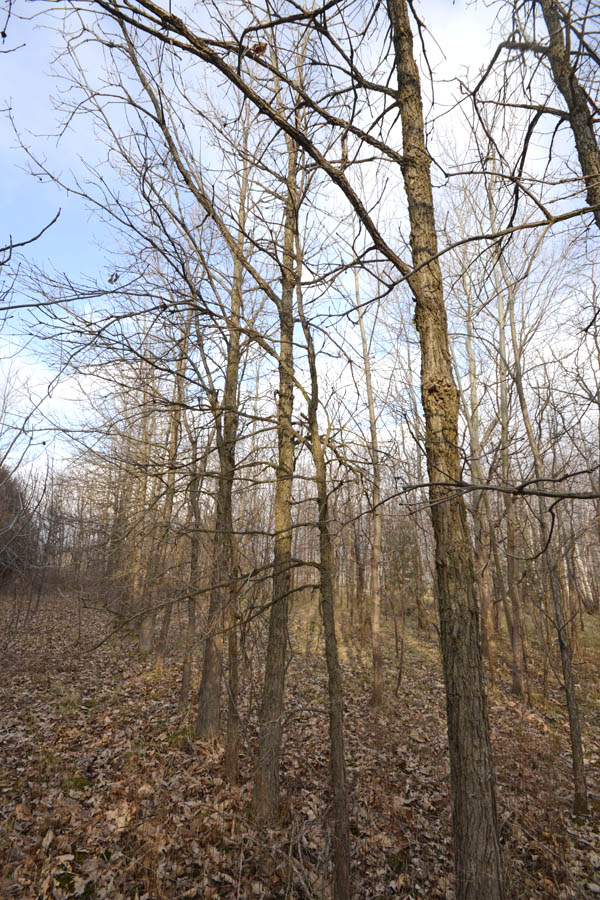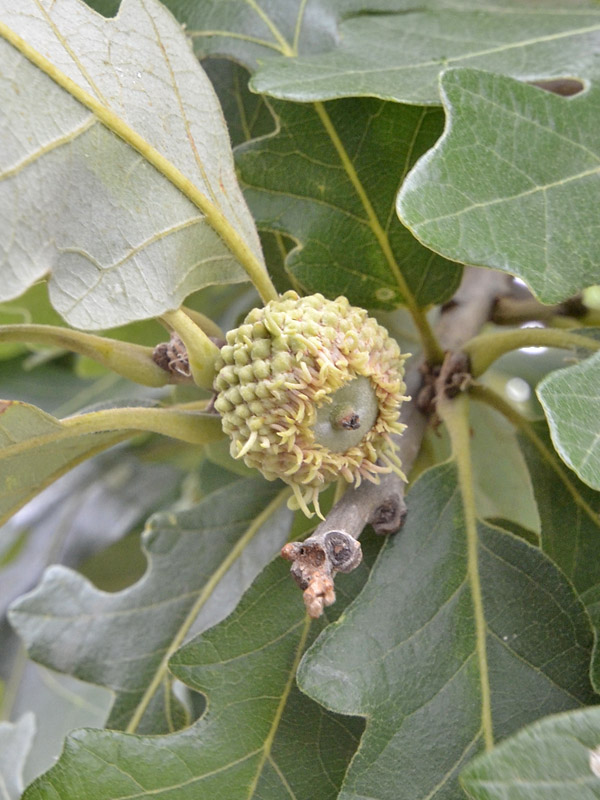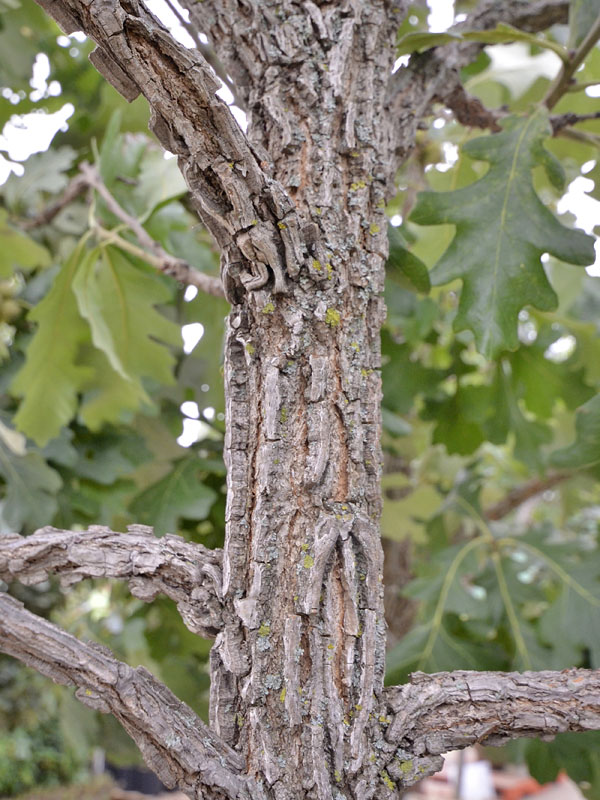
Woody > Quercus > Quercus macrocarpa > Quercus macrocarpa
Quercus macrocarpa
Burr Oak or Mossycup Oak
Origin: Canada and United States of America.
Mike's
Opinion


"
It has the largest acorns of all native oaks. The acorns become an important source of food to wildlife. It grows slowly on dry uplands and sandy plains but is also found on fertile limestone soils and moist bottomlands in mixture with other hardwoods, the most drought resistant of the oaks. The ease with which burr oak can be grown makes it a fine tree for streets or lawns.
Michael Pascoe, NDP., ODH., CLT., MSc. (Plant Conservation)
"
| Family |
| Fagaceae |
| Genus |
| Quercus |
| Species |
| macrocarpa |
| Category |
| Woody |
| Type |
| Tree (deciduous) |
| Pronunciation |
| USDA Hardiness Zone |
| 3 - 8 |
| Canadian Hardiness Zone |
| 1a - 8a |
| RHS Hardiness Zone |
| H7 - H4 |
| Temperature (°C) |
| (-37)-(-7) |
| Temperature (°F) |
| (-35) - 20 |
| Height |
| 20-25 m |
| Spread |
| 18-20 m |
Photographs
Description and Growing Information
Flowering Period
| General Description |
| Well adapted for long term survival, strong wood typical of white oak group, thick bark, deep roots and unusually large acorns. This species has been placed on the IUCN Red List as least concern. |
| Cultivation |
| Adoptable to most types of soils, difficult to transplant, tolerant of city conditions and a great ornamental tree. |
| Shape |
| Upright oval growth habit in youth, becoming rounded, spreading and massive with age. |
| Growth |
| Slow |
| ID Characteristic |
| Bark on lower trunks have thick, vertical flattened ridges. The tree often stands alone in fields in the wild, displaying its massive trunk and huge spreading limbs from a distance. |
| Pests |
| No serious diseases, but oak wilt could possibly be an occasional major concern. |
| Habitat |
| Grows slowly on dry uplands and sandy plains, but is also found on fertile moist limestone soils. |
| Bark/Stem Description |
| Rough, deep ridged and furrowed character, usually dark gray to gray brown in colour. |
| Flower/Leaf Bud Description |
| Glabrous, 2-5 mm in length. |
| Leaf Description |
| Alternate, simple obovate to oblong–obovate, dark green upper surface, greyish or white beneath, 5-9 lobes a cuneate base and 4-5 secondary veins on either side of the midvein, 10-115 x 5-13 cm. Petiole 3cm long. |
| Flower Description |
| Yellow-brown pendulous male catkins are obvious and prominent in late April, but are ornamentally insignificant as they are very small pistillate flowers. Terminal flower buds. |
| Fruit Description |
| Nut, solitary, unusually stalked, 2-6cm long, matures in a single season. |
| Colour Description |
| Dull green through most of the seasons, in autumn turning a dull brown. |
| Texture Description |
| Coarse all season long |
| Notable Specimens |
| Niagara Parks Botanical Gardens, Niagara Falls, Ontario. |
| Propagation |
| Seed is recalcitrant so no treatment is required, 30-60 days at 5°C in moist sand or peat is suggested. |



